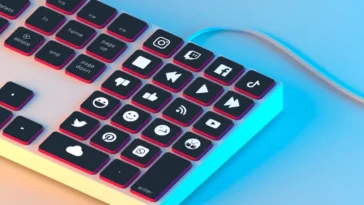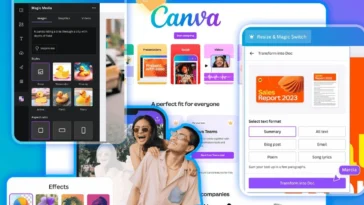As a digital product creator, the tools you use can make a huge difference in efficiency and quality. With so many options available, it’s crucial to understand which software best fits your workflow. Here’s a detailed comparison of the top 5 graphic design tools for 2025.
1. Adobe Photoshop
Photoshop remains a powerhouse for photo editing and template creation.
- Strengths: Advanced editing, layer management, wide plugin ecosystem
- Ideal for: Professional templates, mockups, and high-quality graphics
- Limitations: Steeper learning curve, subscription-based
2. Canva
Canva is perfect for beginners and speed-focused creators.
- Strengths: Drag-and-drop interface, pre-made templates, collaboration tools
- Ideal for: Social media graphics, digital planners, and quick designs
- Limitations: Less advanced photo manipulation, some premium features locked
3. Figma
Figma excels in interface design and collaborative projects.
- Strengths: Real-time collaboration, vector editing, prototyping
- Ideal for: UI/UX templates, interactive PDFs, and web graphics
- Limitations: Requires stable internet, limited offline functionality
4. Affinity Designer
A cost-effective alternative to Adobe Illustrator.
- Strengths: One-time purchase, powerful vector tools, smooth performance
- Ideal for: Logos, icons, vector illustrations, and scalable designs
- Limitations: Smaller plugin ecosystem compared to Adobe
5. Procreate (iPad)
Procreate is popular among digital illustrators.
- Strengths: Touch interface, natural drawing experience, layering system
- Ideal for: Illustrations, hand-drawn templates, and digital art
- Limitations: iPad-only, limited desktop integration
How to Choose the Right Tool
- Beginners: Canva or Procreate for ease of use
- Professional Designers: Photoshop or Affinity Designer for advanced features
- Collaborative Teams: Figma for seamless teamwork
Choosing the right tool depends on your skill level, type of digital product, and workflow needs. Sometimes combining two or more tools can deliver the best results.





 No products in the cart.
No products in the cart.